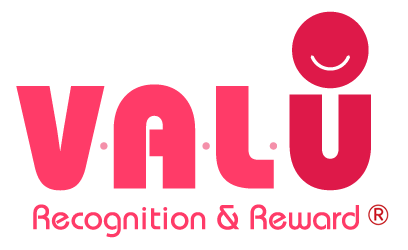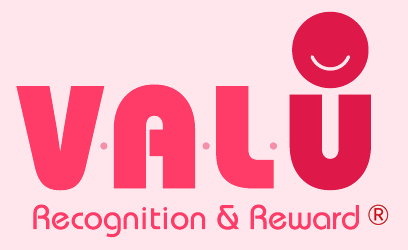Benchmarking & Recognition: Measuring Success in Employee Engagement
Recognition is a powerful driver of employee engagement, but how do you know if your efforts are truly making an impact? This is where benchmarking comes in. By setting clear standards and comparing results over time, companies can measure the effectiveness of their recognition programs and identify opportunities for improvement.
In this post, we’ll explore why benchmarking matters, what metrics to track, and how businesses can use V.A.L.U to optimise their recognition and reward strategies.
Why Benchmark Recognition?
Companies often implement recognition programs with good intentions, but without measurement, it’s hard to tell what’s working and what’s not. Benchmarking provides a data-driven approach to understanding employee sentiment, engagement, and motivation.
Key Benefits of Benchmarking Recognition:
✅ Tracks Employee Engagement Trends – Shows whether recognition efforts are improving morale.
✅ Identifies Gaps in Recognition Culture – Highlights teams or departments where recognition is lacking.
✅ Drives Business Performance – Links recognition efforts to productivity and retention.
✅ Creates Accountability – Ensures managers and leaders are consistently recognising employees.
✅ Justifies Investment – Helps HR and leadership teams see the tangible ROI of recognition programs.
What Metrics Should You Track?
To measure the effectiveness of recognition, companies should track both qualitative and quantitative data. Here are some key benchmarking metrics:
- Recognition Frequency
- How often are employees being recognised?
- Are managers and peers consistently using the recognition platform?
- 📊 Benchmark: The best-performing companies recognise employees at least once per week.
- Employee Participation Rates
- What percentage of employees send or receive recognition?
- Are certain teams more active in recognising than others?
- 📊 Benchmark: Aim for at least 70% of employees engaging in recognition activities regularly.
- Peer vs. Manager Recognition
- What’s the ratio of peer-to-peer recognition vs. manager-led recognition?
- 📊 Benchmark: Companies with strong engagement cultures have 60%+ of recognition coming from peers.
- Impact on Employee Retention
- Are employees who receive regular recognition staying longer?
- 📊 Benchmark: Employees who feel recognised are 5x more likely to stay at their company.
- Correlation with Well-Being & Productivity
- Are recognised employees reporting higher job satisfaction and well-being scores?
- 📊 Benchmark: Recognition should positively correlate with well-being and performance metrics.
Using V.A.L.U to Benchmark and Improve Recognition
With V.A.L.U, companies can seamlessly track these benchmarks and improve their recognition efforts through:
🔹 Real-Time Data & Reports – Access dashboards that show recognition trends over time.
🔹 Automated Insights – Get AI-powered recommendations to improve recognition frequency.
🔹 Custom Benchmarking – Compare your company’s recognition culture against industry standards.
🔹 Integrated Well-Being & Engagement Scores – See how recognition impacts overall employee sentiment.
🔹 Personalised Recognition Goals – Set company-wide or team-specific targets for recognition activity.
Final Thoughts: Recognition is Measurable & Actionable
Benchmarking is the missing link between good intentions and real impact in employee recognition. By setting measurable goals and using data to drive improvements, businesses can create a culture where employees feel genuinely valued.
📢 Ready to take your recognition strategy to the next level?
Start benchmarking with V.A.L.U and transform the way your company celebrates success!

